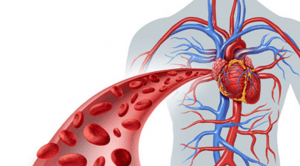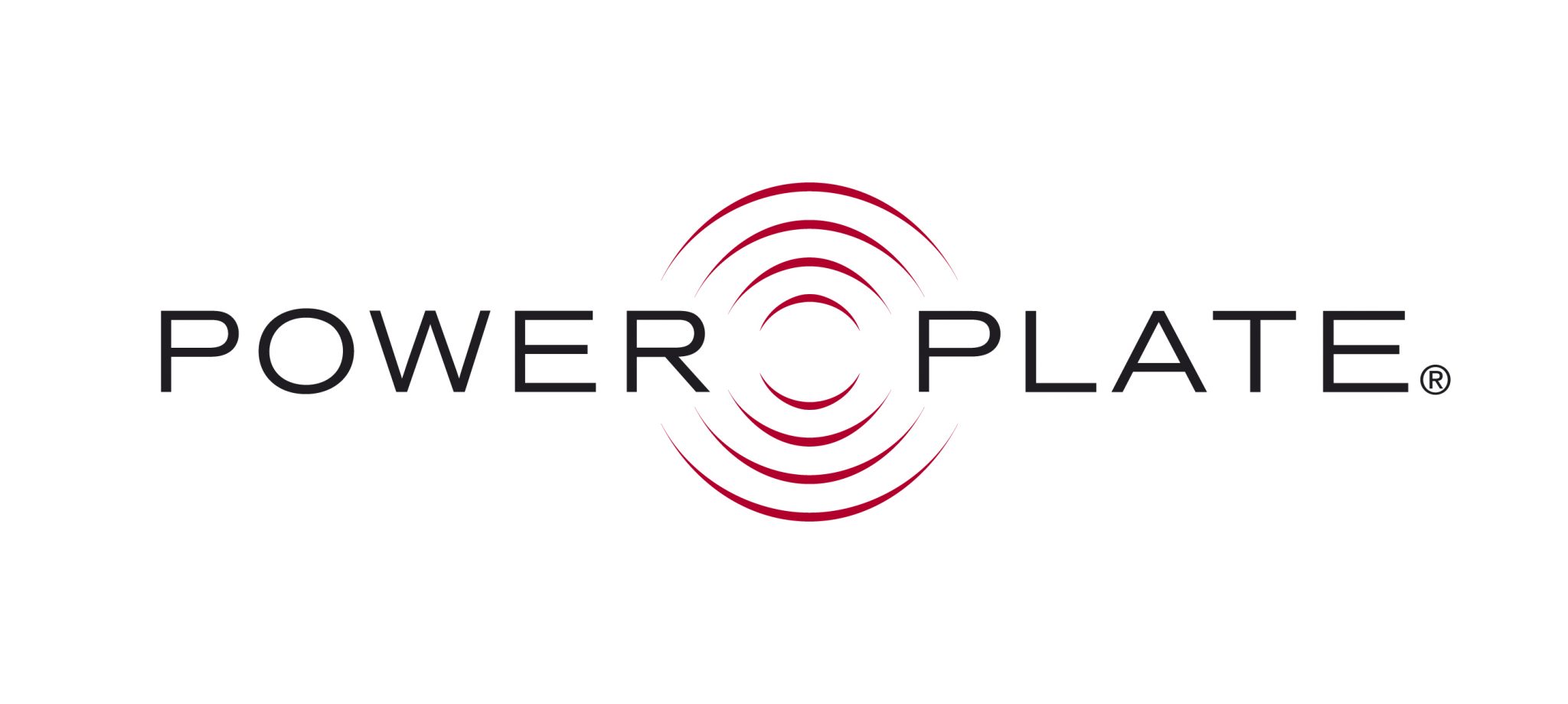Exercise has long been known as a non-pharmacological therapeutic modality to restore impaired cardiovascular function. Recently, whole body vibration has emerged as a useful method for improving overall health, with improvements in body composition, muscular strength and heart health being common. Whole body vibration training is also particularly effective for elderly and deconditioned people who cannot participate in traditional exercise.
Over the next few weeks we will take a look at just how whole body vibration has been proven to be a very useful therapy tool for improving cardiovascular health.
There are different types of vibration platforms used in clinical studies including rocking side to side action of the platforms, uniformly up and down action, and triplane in which the surface moves font to back, side to side, and up and down directions.
 The mechanical action of the vibration causes a change in length of the muscle-tendon complex, which activates reflex muscle contractions. Performing an exercise on the vibration plate causes more muscle activity than performing the same exercise on the floor – more muscles, doing more work, more often.
The mechanical action of the vibration causes a change in length of the muscle-tendon complex, which activates reflex muscle contractions. Performing an exercise on the vibration plate causes more muscle activity than performing the same exercise on the floor – more muscles, doing more work, more often.
The rate of vibration (or Hz) has an influence – with frequencies between 35Hz and 45Hz creating more activation than frequencies below 35 HZ, and therefore delivering more benefit. Power Plate has tri-planar movements with a frequency range between 25 and 50Hz, depending on the model.
Cardiovascular health or fitness and vascular aging are associated with muscle strength and muscle mass. The more muscle that is lost through the ageing process, the higher the risks of cardiovascular disease.
The effect of whole body vibration on muscle mass
Several studies have shown whole body vibration to result in increases in muscle mass in the young and the old, in healthy or obese, and diabetic and diseased clinical populations.
These studies varied in length from 8 weeks to over 6 months. In many of these studies the increase in muscle size from whole body vibration training was very similar to what conventional strength training achieved. Important to note however that the amount of time of the training session for whole body vibration was much shorter than the strength training session.
Another consideration is that many of the groups studied were not able to attend regular strength training sessions due to illness, physical condition, diabetes, or obesity. The shorter sessions meant that compliance was better – leading to healthier long term outcomes.
It was concluded that whole body vibration training with the right parameters can be as efficient as regular fitness training methods in increasing muscle mass, in less time.
